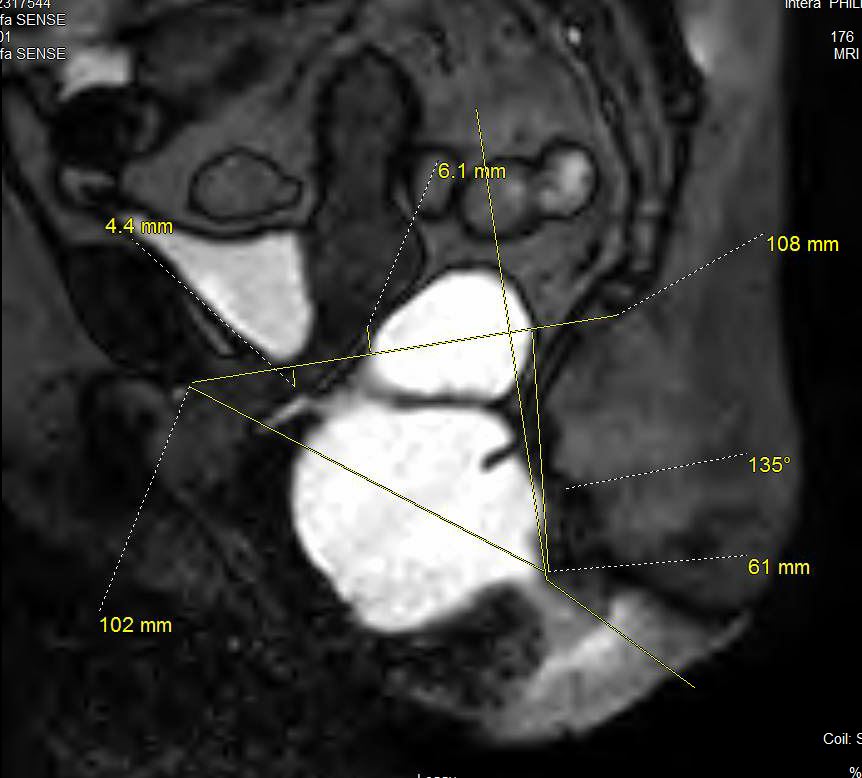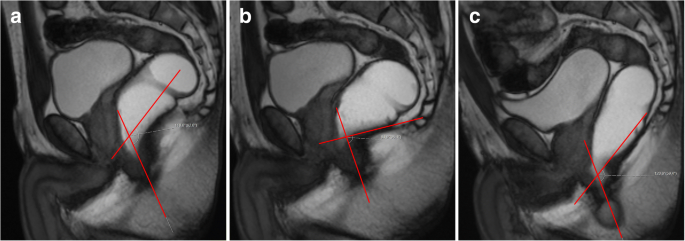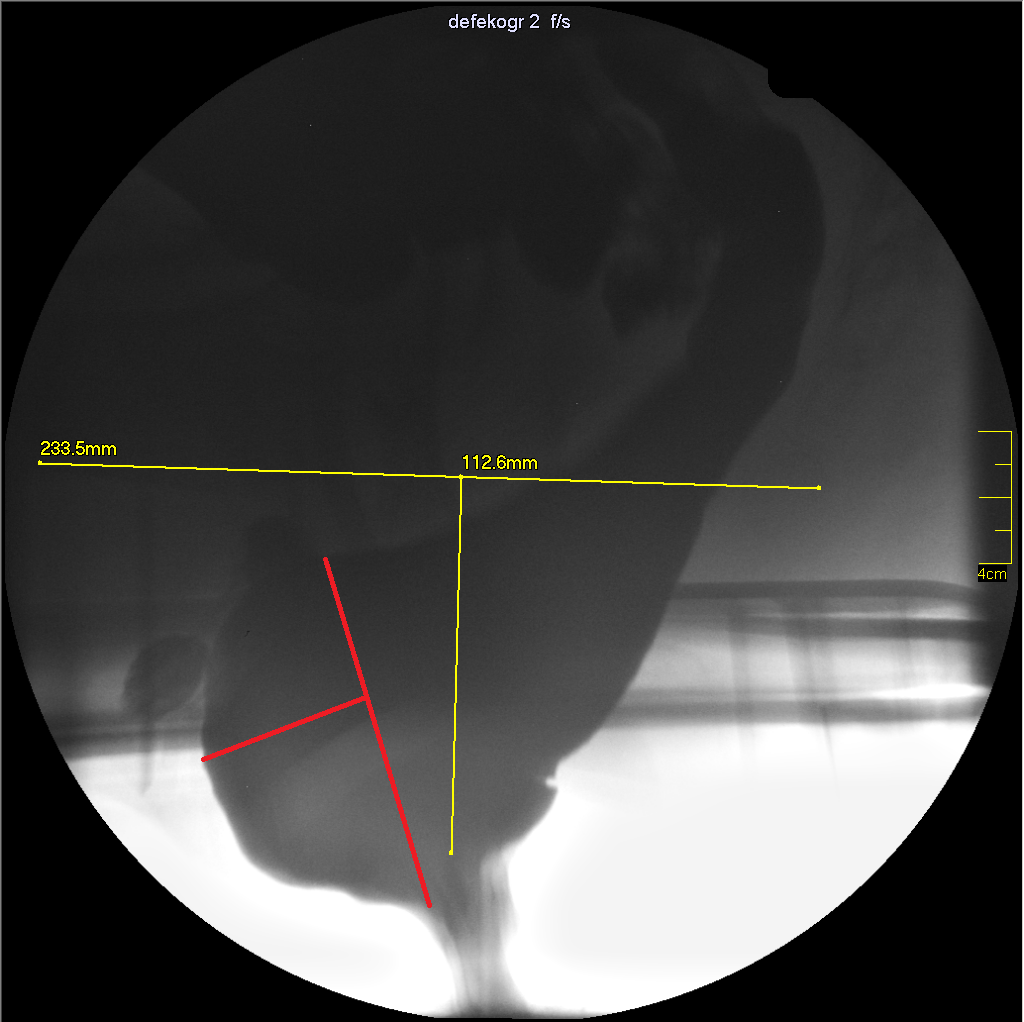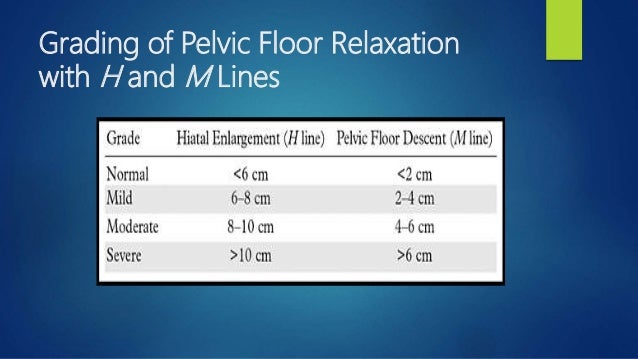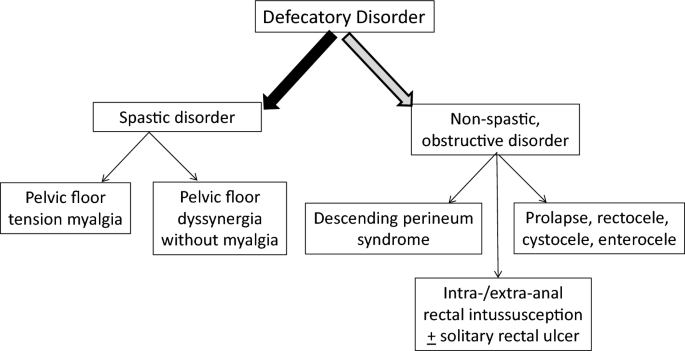If you re a woman you may also feel pain during sex and if you re a man you may have problems having or keeping an erection erectile dysfunction or ed.
Pelvic floor descent syndrome.
Weakening of the female pelvic floor is a prevalent and debilitating disorder.
Some women may be more likely to developing pelvic floor dysfunction because of an inherited.
Descending perineum syndrome also known as levator plate sagging refers to a condition where the perineum balloons several centimeters below the bony outlet of the pelvis during strain although this descent may happen without straining.
Pelvic congestion syndrome pcs is a chronic condition that occurs in women when varicose veins form below the abdomen within the pelvic region.
Pelvic floor dysfunction is the inability to control the muscles of your pelvic floor.
Mechanistically the causes of pelvic floor dysfunction are two fold.
It results in abnormal descent of the urinary bladder the uterovaginal vault and the rectum resulting in urinary continence fecal incontinence and pelvic organ prolapse.
Varicose veins are veins that become swollen.
Pelvic floor dysfunction is a common condition where you re unable to correctly relax and coordinate the muscles in your pelvic floor to urinate or to have a bowel movement.
But let s not forget that every human being has a pelvic floor.
Dps affects the whole pelvic floor with excessive chronic straining pressure weakening the entire pelvic floor over time allowing the descent of tissues.
Pelvic floor descent or descending perineal syndrome occurs when pelvic muscles lose tone resulting in excessive descent of the entire pelvis floor at rest or during evacuation.
Associations include obesity menopause pregnancy and childbirth.
Pelvic floor descensus descending perineum syndrome dps the functionality of the sphincter system is closely related to the pelvic floor which most people associate exclusively with gynaecology.
Descending perineal syndrome or pelvic floor relaxation is a complex condition caused by a loss of the pelvic muscular tone with resultant excessive descent of the entire floor at rest and or during evacuation.
Descending perineum syndrome dps is a common pelvic floor condition affecting women causing constipation.
The syndrome was first described in 1966 by parks et al.
The pelvic floor becomes funnel shaped after the puborectalis muscle.



















